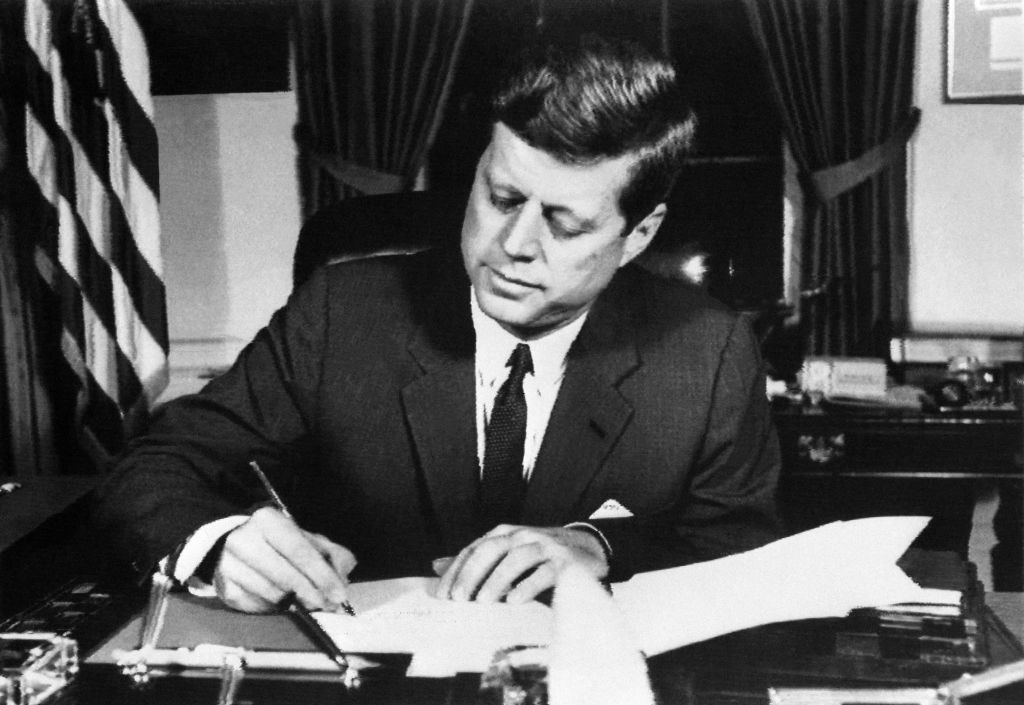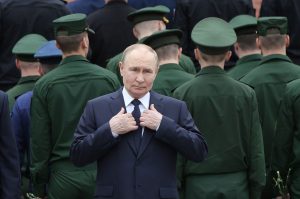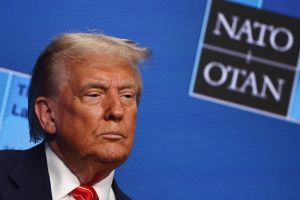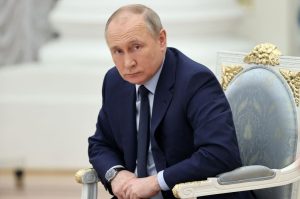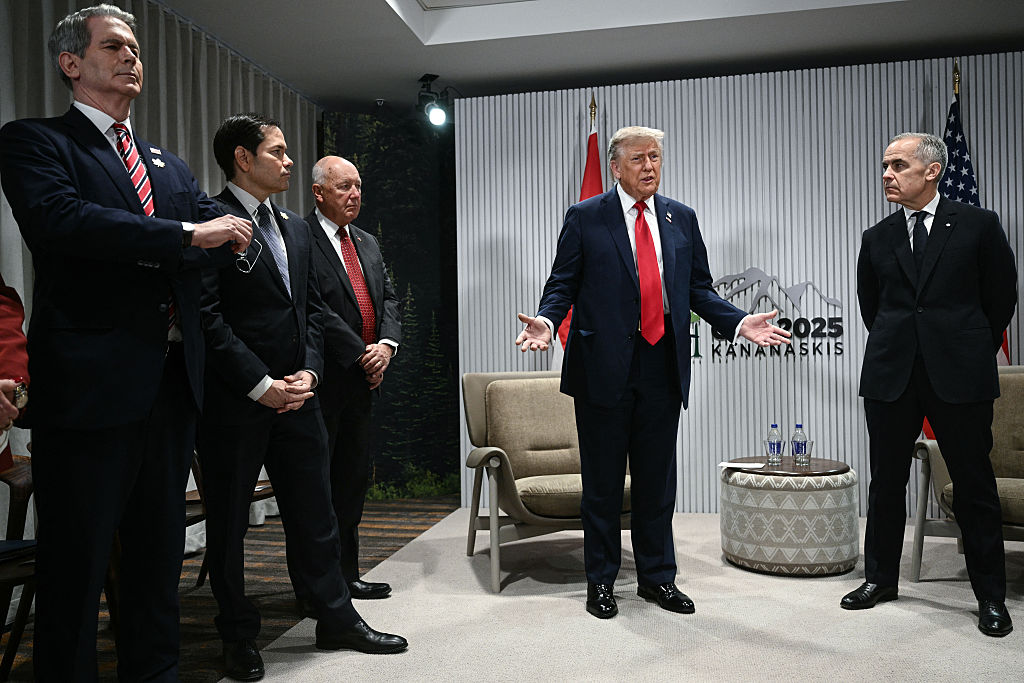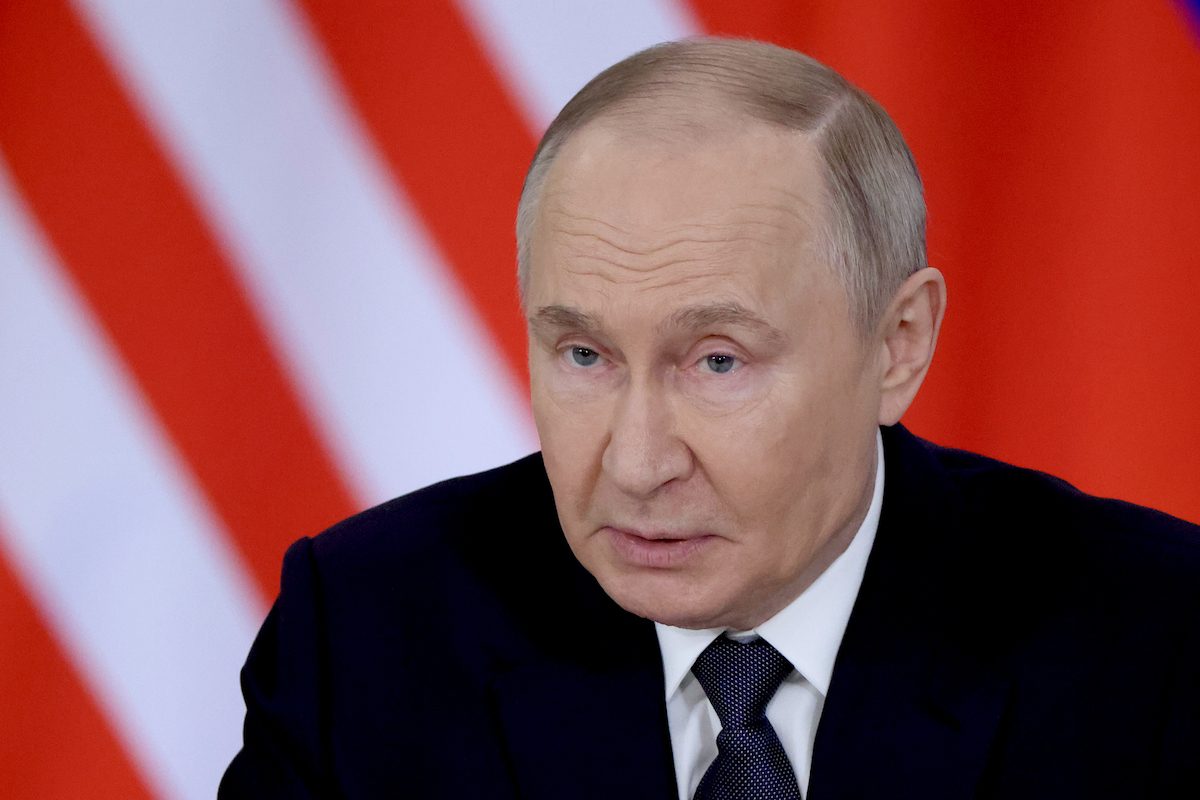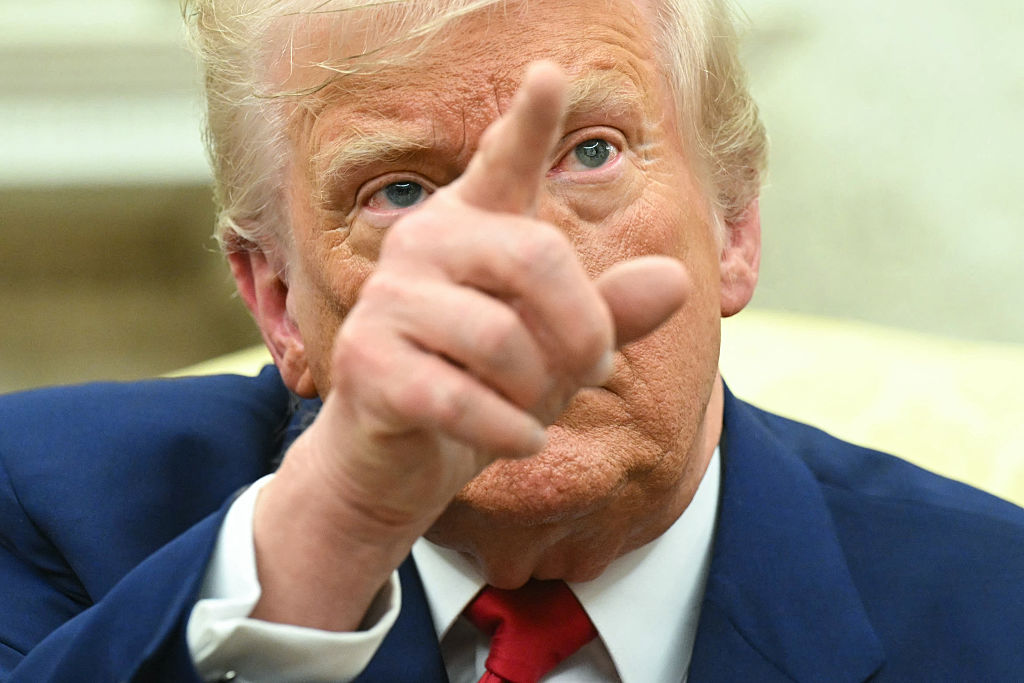At the beginning of 1962, President John F. Kennedy had high hopes for a peaceful year with the Soviet Union, the United States’ most dangerous adversary. On December 30, 1961, Kennedy issued a statement offering his good wishes for the new year to Soviet Premier Nikita Khrushchev and the Soviet people. Ten months later, in October of 1962, the US and the Soviet Union were on the brink of war.
The Soviets had moved missiles into Cuba, which initially went undetected by US intelligence. On October 14, an American U-2 spy plane took pictures showing missile base construction taking place in Cuba. The next evening, American analysts realized the implications of what that construction meant. National Security Adviser McGeorge “Mac” Bundy decided not to awaken Kennedy with this information, aware that his back was hurting and that he had gone to bed early. Bundy figured Kennedy could wait for a full briefing on Tuesday, and that the president would need his rest for the difficult days ahead.
Bundy was right. The next two weeks — those 13 days — came to constitute the Cuban Missile Crisis, one of the most celebrated episodes in American history. It has been memorialized in books, analyses, and a host of pop culture formats. Kennedy’s deft diplomacy, and willingness to rein in his generals, particularly Curtis LeMay, led to a peaceful if tense resolution of the crisis. This success did more than anything to help secure Kennedy’s legacy.
The links between the crisis and culture are legion. At the time, Kennedy himself suggested that his restraint came in part from one of his favorite books, Barbara Tuchman’s The Guns of August, about the miscalculations that led to World War One. During the crisis, he is reported to have said, “I am not going to follow a course which will allow anyone to write a comparable book about this time, The Missiles of October.”
The period was a fraught one, with indications to those around the Kennedy team that something was amiss. Kennedy mistress Mimi Alford recounted that he watched the Audrey Hepburn comedy Roman Holiday during the crisis instead of one of his usual assignations with her. It was one of only 48 movies he watched during his abbreviated time in the White House. (Jimmy Carter would watch exactly ten times as many — 480! — during his single presidential term.)
Another proof point of the administration’s focus came from the tennis courts. The Kennedy circle was obsessed with tennis, and a number of them, including Defense Secretary Robert McNamara, took lessons from St. Alban’s celebrity tennis coach Allie Ritzenberg. Art Buchwald later joked that the Cuban Missile Crisis had its origins on the St. Alban’s courts. That wasn’t true, but Ritzenberg did know something was amiss when the punctual McNamara began missing his 7 a.m. lessons that October. As Ritzenberg later recalled, “Bob was so punctual, took his tennis so seriously, that even before we heard anything about it we knew something big was happening during the Cuban Missile Crisis period.” In the aftermath, “When he came back and started playing again, nothing was said, but I figured things were settled.”
The aftermath of the crisis led to a great collective sigh of relief. The Kennedys celebrated Halloween shortly after it ended, with the president joking that they should not display a jack-o’-lantern on the Truman Balcony as people could mistake it for Fidel Castro. Jackie Kennedy happily went out trick or treating with the Kennedy children in Georgetown, temporarily fooling Kennedy aide Arthur Schlesinger, who initially did not recognize Mrs. Kennedy in her costume.
More evidence of collective relief came from the release of Vaughn Meader’s comedy record The First Family, featuring impersonations of the Kennedys and their circle. The album was an enormous hit, becoming the top-selling record in American history at the time. Meader became such a big star as a result of his JFK impersonation that after Kennedy was assassinated, comedian Lenny Bruce reacted by saying, “Vaughn Meader is screwed.” He was right. Kennedy’s tragic death marked the end of Meader’s career.
In subsequent years, the crisis became an essential element of the Kennedy legend. Kennedy aide Ted Sorenson, just 34 at the time, was by the president’s side throughout the 13 days. He later recounted, “People like to pooh-pooh Kennedy’s ‘style’ so-called.” And yet, he noted, “It was style that enabled him to establish communication with Nikita Khrushchev that in the end helped both of them avoid a nuclear holocaust at the time of the Cuban Missile Crisis. So, I don’t pooh-pooh style.”
The near-miss also helped create the legendary red phone that connected Washington and Moscow. This hotline, known as “the most famous phone in the world,” was initially more of a Teletype than an actual phone, as real-time voice translation was seen as insufficiently reliable. It was never actually used.
The crisis has now become a pop culture staple, featured in movies and TV shows. In a move Kennedy would have appreciated, George W. Bush used the Cuban Missile Crisis movie Thirteen Days to lobby Kennedy’s brother, Massachusetts Senator Ted Kennedy, on Bush’s No Child Left Behind education reform legislation.
This month, we will see a host of articles commemorating the 60th anniversary of the Cuban Missile Crisis. It’s always worthwhile to celebrate our history, but it’s not as if this incident is in any way a forgotten one. The Cuban Missile Crisis was resolved, but it is still with us today.
Tevi Troy is a senior fellow and director of the Presidential Leadership Initiative at the Bipartisan Policy Center. He is the author of four books on the presidency, including most recently Fight House: Rivalries in the White House from Truman to Trump.



